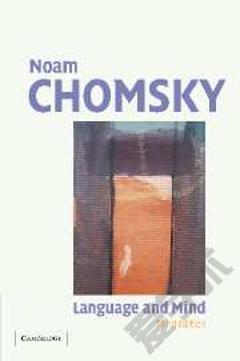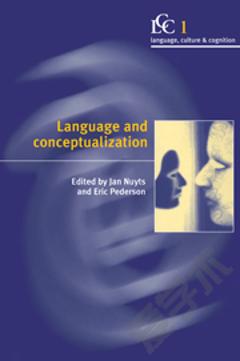Language and Thought
Language and Thought Lera Boroditsky (lera@psych.stanford.edu) Department of Psychology, Stanford University Jordan Hall, 450 Serra Mall, Stanford, CA 94305, USA John Lucy (j-lucy@uchicago.edu) Department of Psychology, University of Chicago 5848 S. University Ave, Chicago, IL 60637 Jill DeVilliers (jdevil@science.smith.edu) Department of Psychology, Smith College Northampton, MA 01063 USA Phil Wolff (pwolff@emory.edu) Emory University Department of Psychology 532 N. Kilgo Cir., Atlanta, GA 30322 sentences, but that this does not rule out other potential facilitatory effects of language. Motivation After decades of neglect, the language and thought hypothesisâthat the language we speak may influence the way we thinkâhas recently enjoyed a resurgence of interest. This new wave of language and thought research capitalizes on gains in our linguistic knowledge of cross- linguistic semantic patterns and in the range and subtlety of psychological techniques now available. This new research has tackled a wide range of content areas, including space, time, motion, causality, the nature of the object concept, and theory of mind. This symposium presents methods and recent findings in this arena. John Lucy Researchers in language and thought must constantly deal with the problem of devising truly matched instruction procedures. This paper discusses the efforts of Lucy and his colleagues to develop a nonverbal triads procedure: that is, a procedure that avoids using words like âsame,â âsimilar,â â(more) likeââ etc. The resulting procedure then does not depend on using translation equivalents in other languages, and offers a useful alternative for working with children and with deaf subjects. Some preliminary empirical results from new work will be described. Lera Boroditsky Phil Wolff Different languages divide the color spectrum in different ways. Does this lead speakers of different languages to perceive colors differently? Results of several experiments suggest that color language can influence people's color judgments even in conditions when all color stimuli are present at the same time and need not be stored in memory. Language appears to be involved online during simple color-discrimination tasks such that effects of language can be selectively disrupted by verbal interference (but not spatial interference). Further, color discrimination performance across a boundary that exists in one language but not another can be altered by linguistic interference only for the language group that codes that linguistic distinction. Finally, as the color discrimination tasks become simpler and faster, effects of linguistic interference disappear. These results suggest that language is involved online in a large number of low-level perceptual discriminations, but also that not all color discrimination is affected by language. This research is on causal verbs and reasoning across languages. The concept of CAUSE has frequently been treated as a conceptual primitive in the linguistic, philosophical and psychological literatures. Given this assumption, one might expect that the meaning of words encoding the concept of CAUSE should be relatively consistent across languages. In contrast to this assumption, This research shows how the meaning of the verb âcauseâ and related verbs may differ significantly across languages, e.g., English, Russian, and German. In addition, it suggests that these differences in meaning might reflect underlying differences in the way causal events are categorized non- linguistically. Discussant TBA Jill DeVilliers This paper will address the issue of possible connections between language development and thought using the case of Theory of Mind. There are multiple ways to construe connections between language and false belief reasoning, only some of them causal. The argument will be that the data are compatible with a causal connection for a specific aspect of language knowledge linked to recursion of
{{comment.content}}








 京公网安备 11010802027623号
京公网安备 11010802027623号